
Read for you in BEAUX ARTS

Photo: Ouch, ouch, ouch, AI!
The month of photography 2024 could not ignore the latest generation of Artificial Intelligence. Because generative AI is not only shaking up the world of photography, it is revolutionizing the entire field of images and even our intimate relationship with iconography by shaking up the boundaries of reality. We forget about technique; the programs of the 2020s are democratizing it. Creating hyperrealistic images is now within everyone's reach. All you have to do is "brief" the machine well. And the enjoyable gestures that artists used to perform are denied in the process. The thrill has moved. Everything is created, as in musical sampling, on the basis of this global image bank that is the Internet. A photo library that we all feed with icons like a wounded Trump raising an angry fist to the sky as well as with our own photos of our little one's first smile that we are so proud to post on social media. So cute! We are entering the era of fake images that are truer than life.
Beaux Arts mentions in this regard the case of the German photographer Boris Eldagsen who won first prize at the Sony World Photography with an artificial image before refusing it, explaining that he simply wanted to check if he could fool the jury. The shadow of Marcel Duchamp looms here. Too good to be true? Not all forgers will have the same scruples. They could not have dreamed of a more perfect machine for disinformation. We will now have to be wary of photographs and their mirages more than ever. The legal spheres are mobilizing and organizing themselves to try to channel the phenomenon if not eradicate it. With the opt-out, authors benefit from the possibility of prohibiting their images from being used as raw material for the creation of generative artificial intelligence. We also seek to force informants to cite the sources that served as a corpus for training artificial images. Just as we think of tattooing the latter in order to signal at first glance their digital nature. But with billions of images produced, digital has the numbers on its side. The concern for respecting copyright displayed by professional image banks is only a drop in the ocean. We steal, we plunder, while pretending to borrow. Would the solution be to create a fee allowing a redistribution of copyright? From the world of fashion to that of advertising, Generative AI is already establishing itself everywhere. For professional photographers, it is becoming difficult to compete with it. In terms of deadlines as well as budget. The kings of the prompt are pushing the princes of the lens off the chessboard. We take a dream setting without taking a plane. We book a divine model without going through the slightest agency. It remains to point out the inadequacies of the machine and to show how the artist's gaze cannot be controlled with a simple click. This is what some photography agencies in love with the concept of author are undertaking. Art, for its part, is clearly not afraid to see in Generative AI a creative tool like any other. The Arles School of Photography has even set up scholarships to stimulate creation in the field in the form of a post-graduate support program. Because ultimately, how do the images created by AI differ from the canvases of the most imaginative hyperrealist painters? Are the lens and the mouse nothing more than today's new brushes? We'll see.
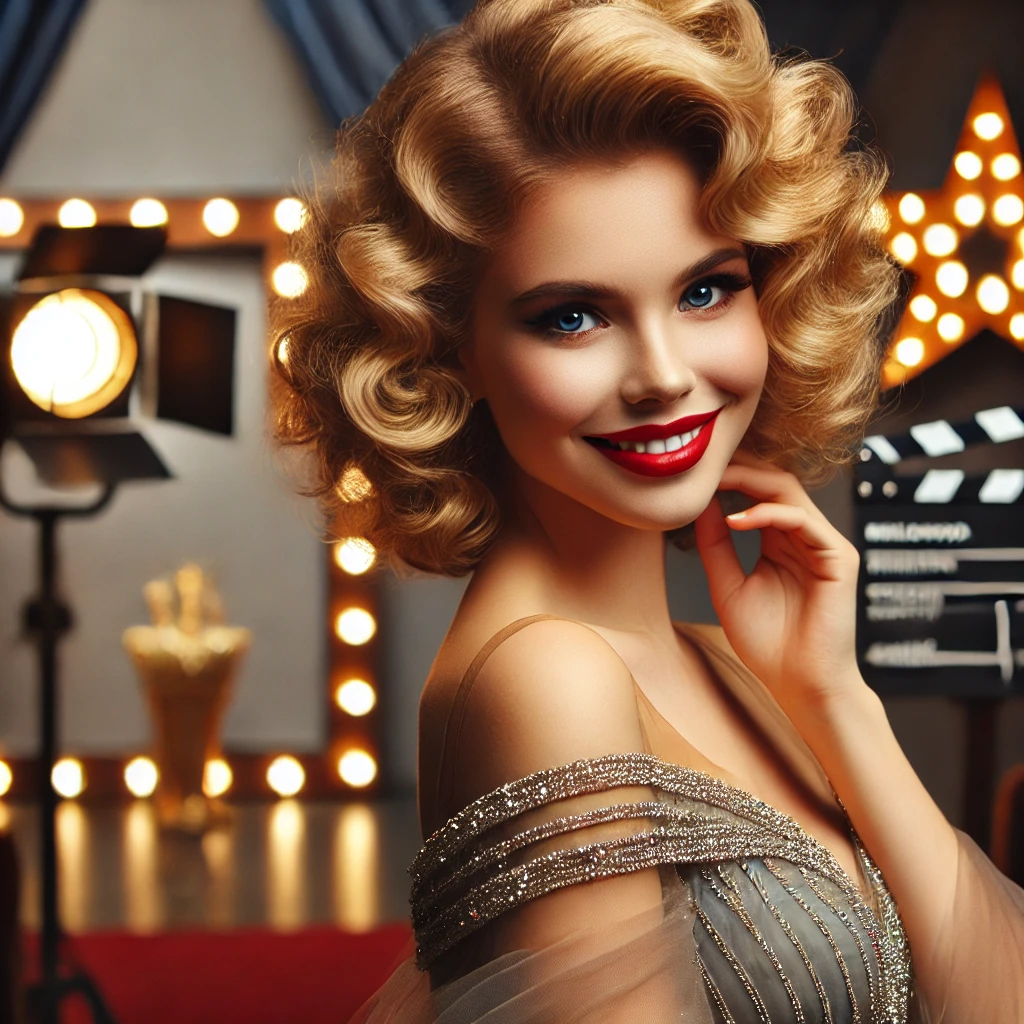
Illustration: Image generated by artificial intelligence via ChatGPT and DALL·E.
How much is the painting worth?
Art Basel Paris is not just about images. It is also about numbers. And sometimes with a lot of zeros. Starting with Georg Baselitz whose oil on canvas entitled Sterne im Fenster measuring 250 x 250 cm reached the high score of €6,542,931. Next up is René Magritte with Le Sourire du diable, a small oil on canvas measuring 40 x 30 cm, which fetched the tidy sum of €3,900,000. Next up is the €2,200,000 for Maternité, an oil on canvas measuring 100 x 75 cm, by Vladimir Baranoff-Rossiné. Fourth in this quartet: Kasperle IV (Punchinello IV), also an oil on canvas, 180 x 150 cm, by Martin Kippenberger, which fluctuates between €800,000 and €1,500,000. Figurative art is clearly popular.
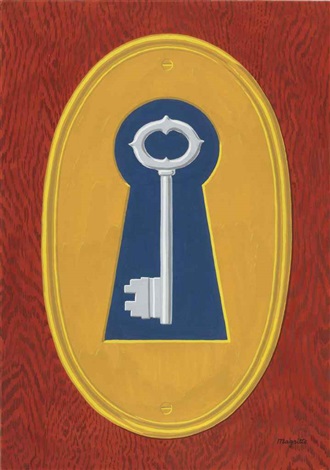
Illustration: The Devil's Smile: René Magritte (1966)
And where is sculpture?
The trend is towards the monumental if we are to believe the leading sculptors of the moment who exhibited this October at the Palais-Royal as part of an event co-organized with the Centre des Monuments Nationaux. From Richard Long's giant rocks exported from the Sierra Nevada to Heinz Mack's Silver Stele that cover a column no less than six meters high with white gold mosaics, beauty is sought in grandeur. The same goes for Ghada Amer's Screen Girls, gigantic bronze figures, also the material for Caesar's oversized Thumb, as well as Roberto Matta's five very South American-inspired totems for Tribute to the Moondog. Gold, silver and bronze...this fall, monumental sculpture is in Olympic form!
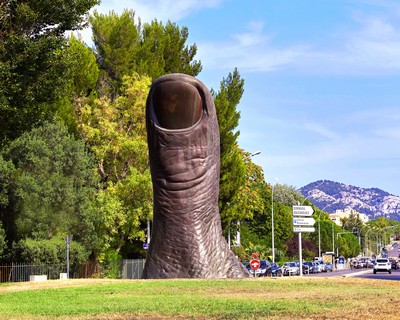
Illustration: Caesar's Thumb (1965)
Tom Wessemann is politically incorrect
There are Marilyn-style blondes, sprawled naked on an American flag, whose tan lines shamelessly highlight nipples and pubic hair. There are giant, luscious lips of a fiery red from which escapes the smoke of a cigarette of an almost humid incandescence. Just as there are also XXL burgers that are anything but light or vegan. Don't throw any more! It will be a miracle if Tom Wesselmann's works reach us intact, without being soiled by right-thinking iconoclasts, until February 24, the closing date of this exhibition of this great Pop Art artist presented by the Louis Vuitton Foundation.
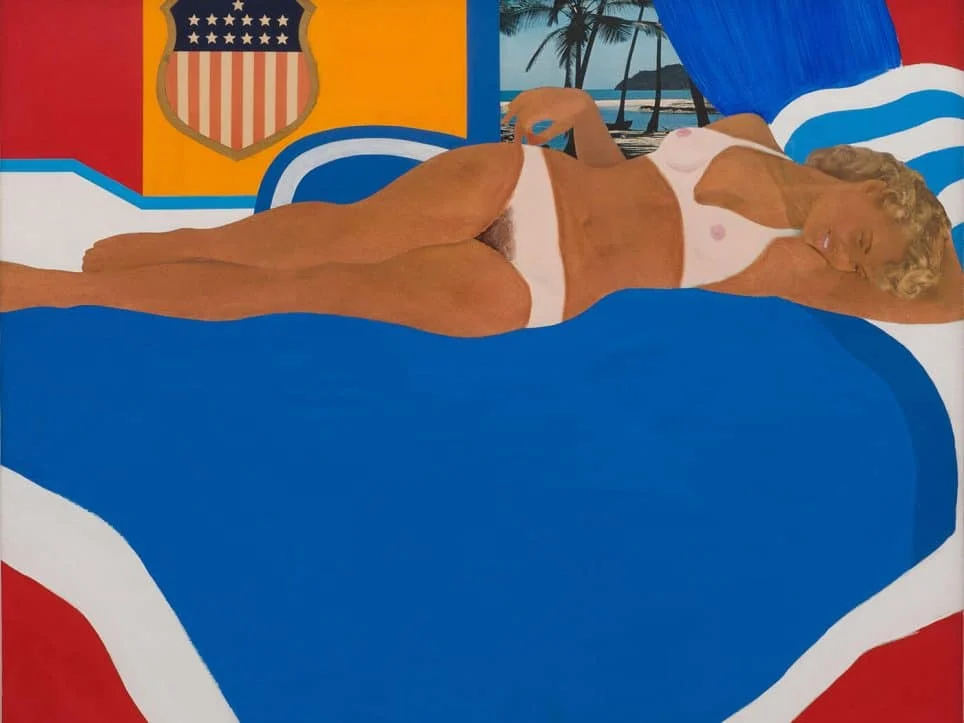
Illustration: Tom Wesselmann, Great American Nude #38, 1962
mixed media and collage on wood • 121.9 × 152.4 cm • Coll. Stavros Merjos and Honor Fraser, Los Angeles / • Courtesy FLV, Paris, Estate Tom Wesselmann, Almine Rech, Paris- New York-Brussels / © 2024 The Estate of Tom Wesselmann / © Adagp, Paris 2024
Looking for French collectors
Is Paris benefiting from the prestige of the Art Basel label to the point of being able to overshadow Basel? This is the gently irreverent question that Beaux-Arts is asking itself. In a market that is generally slowing down, the Parisian scene is indeed keeping its spirits up. It is true that half of all art sales in Europe are now made in France. Art Basel Paris attracts far more collectors from all walks of life than the Fiac, American as well as Asian or European. But also… French! Collectors from France make up the majority of buyers of art made in France. They are simply more discreet, not liking to show off their wealth. It is up to French artists to disinhibit them.
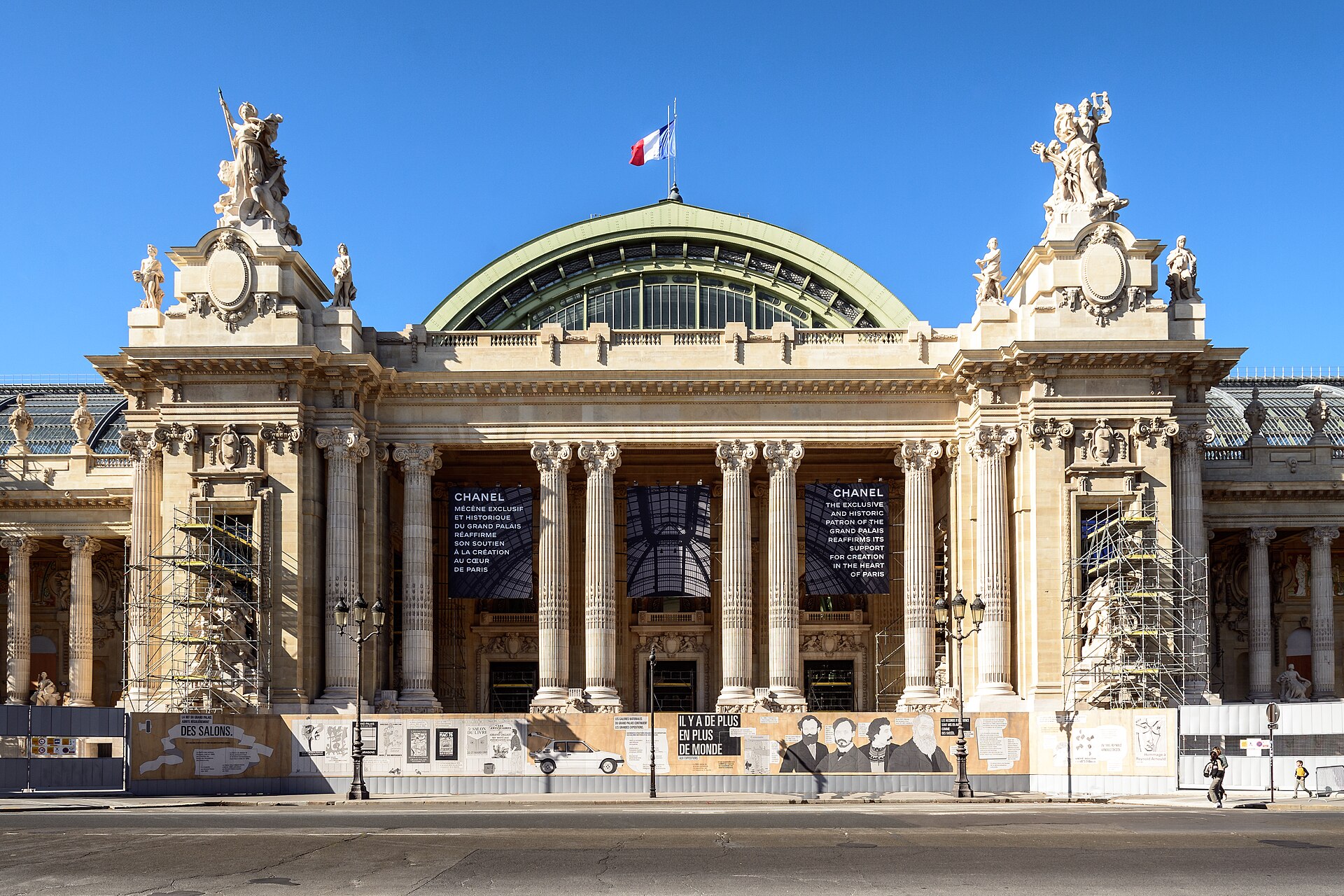
Illustration: By dconvertini — https://www.flickr.com/photos/42477684@N08/53183044284/, CC BY-SA 2.0, https://commons.wikimedia.org/w/index.php?curid=145051988
 Article written by Eric Sembach
Article written by Eric Sembach





































































